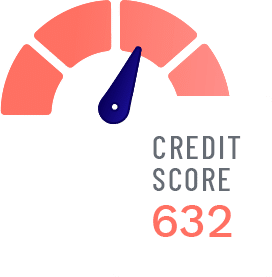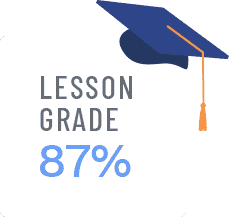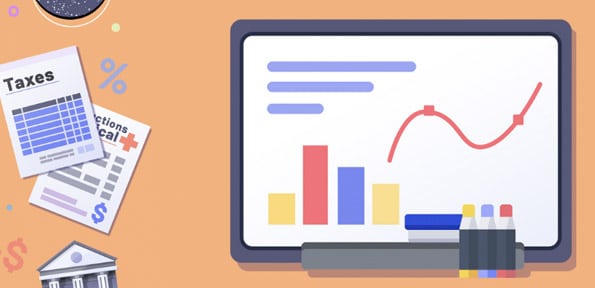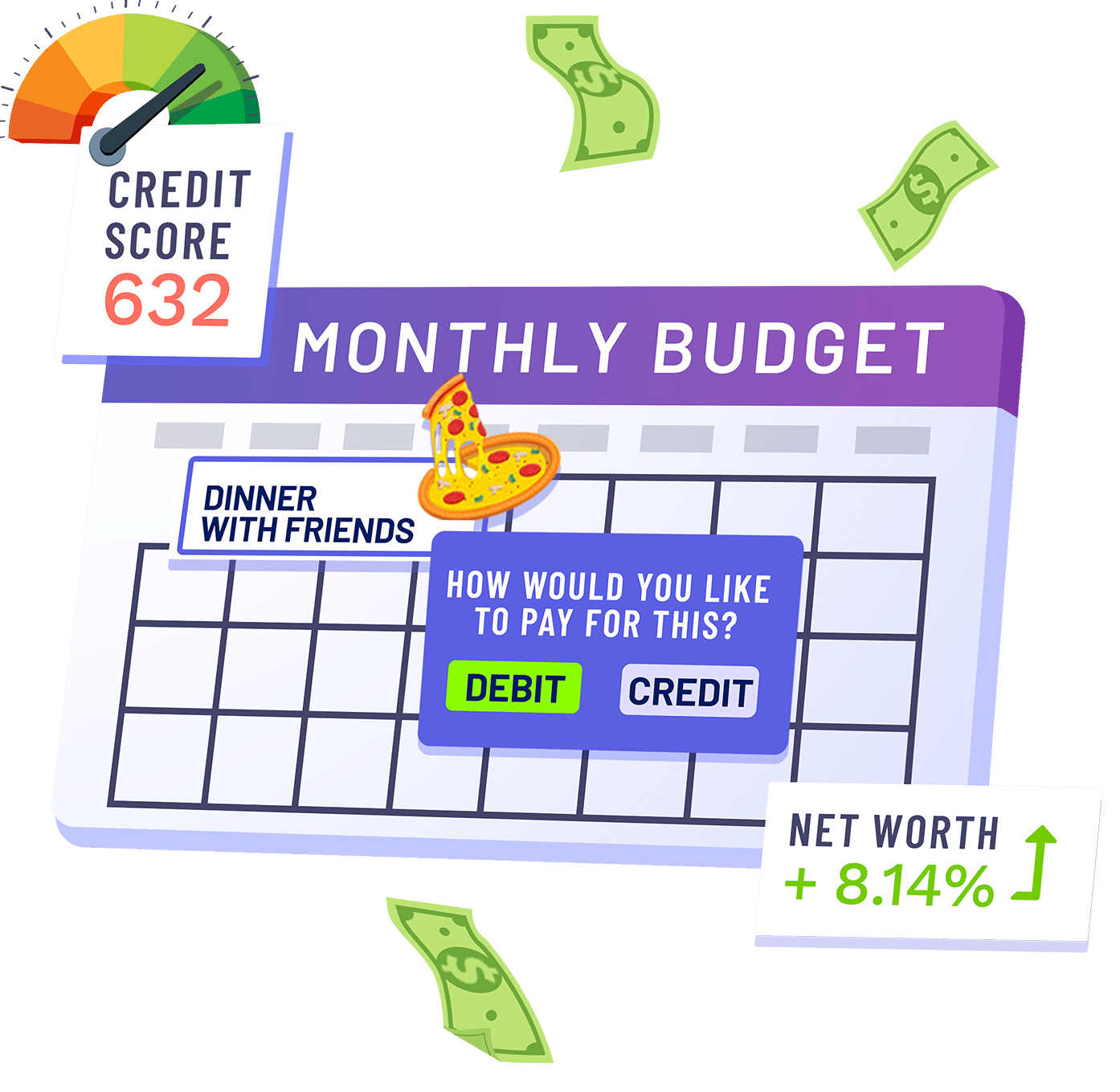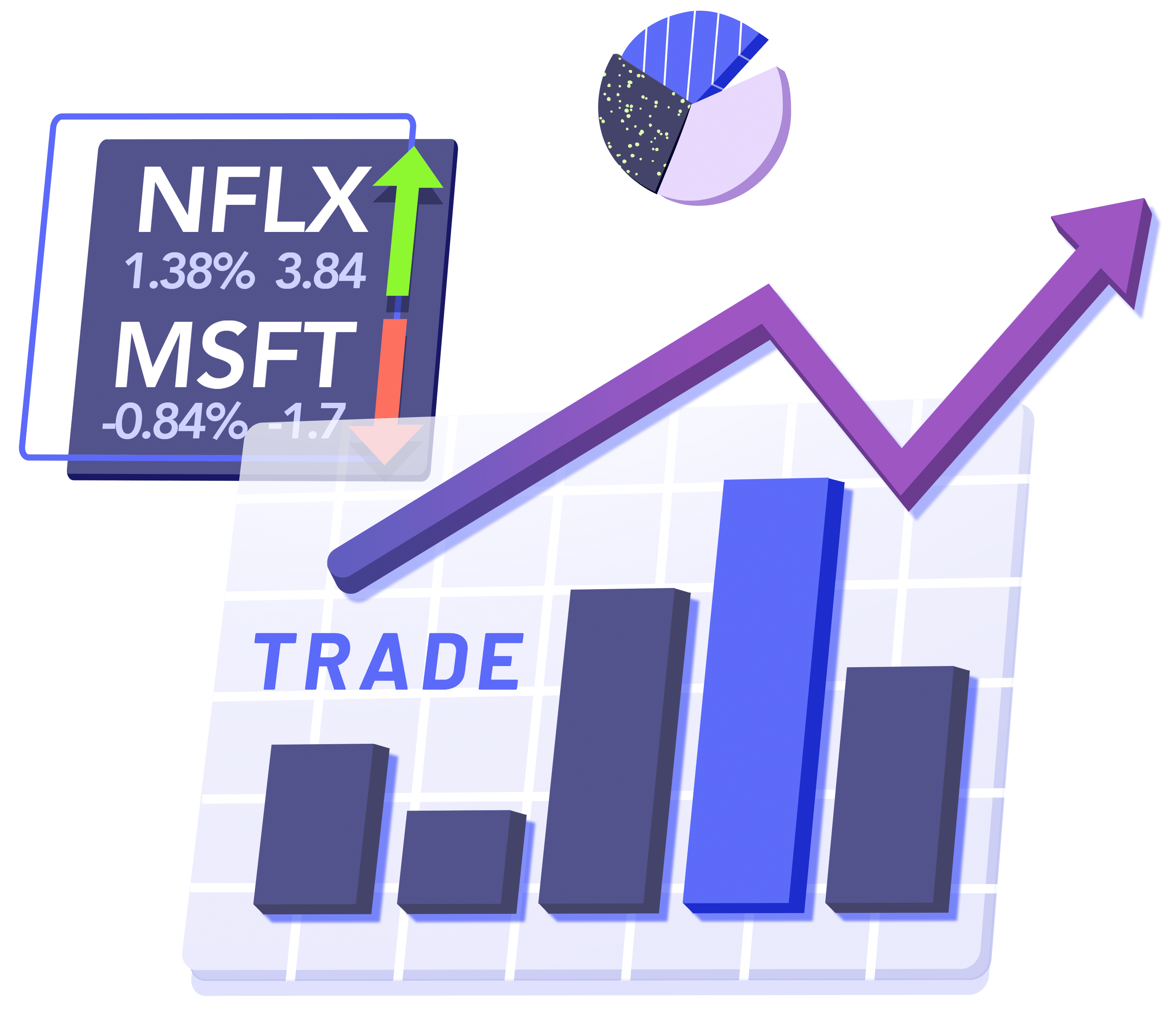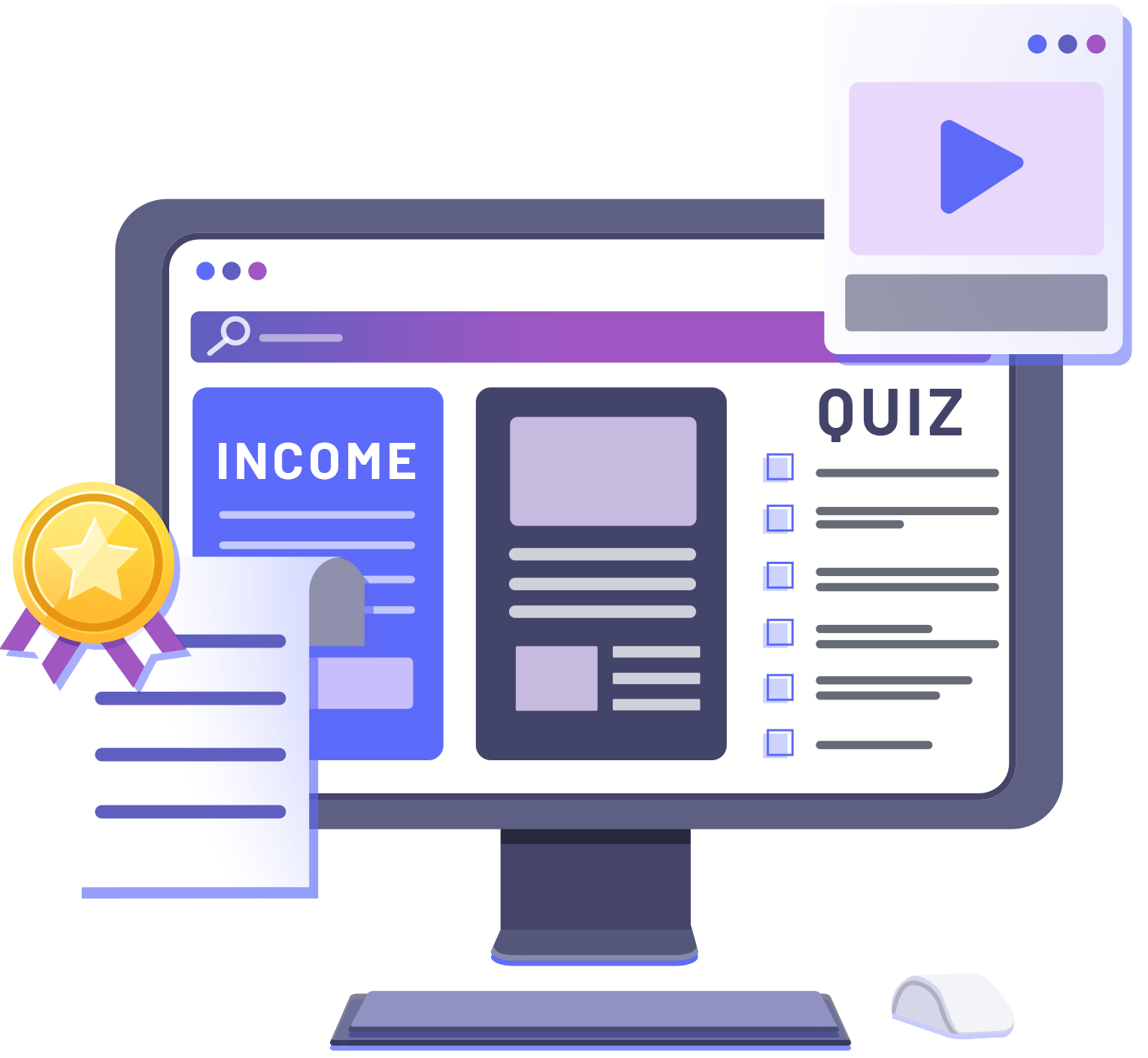| 17.1 Personal Finance Fundamentals | | | | | | |
Financial Goal Setting and Decision Making:
17.1.9-12.A. Determine the financial impact of various long-term goals (e.g., lifestyle, family, education).
17.1.9-12.B. Apply a systematic decision-making process, including opportunity costs, to setting and achieving financial goals. |
Budget Game – Core Component
Activity – Crack the Code to Becoming a Millionaire
Lesson – Planning Your Career Path
Lesson – Go to College or Start Working?
Lesson – The Cost of Raising a Family
Lesson – The Secret to a Comfortable Retirement
Evaluating Big-Ticket Purchases
| | | | | |
Financial Mindset and Behaviors:
17.1.9-12.C. Analyze the impact of various factors on a person’s financial mindset and decisions.
17.1.9-12.D. Evaluate strategies for dealing with behavioral biases (e.g., loss aversion, experiential bias, mental accounting) and other obstacles to managing personal finances.
17.1.9-12.E. Assess the value of sharing financial goals and information with others. |
Budget Game – Core Component
Lesson – Planning Your Career Path
Lesson – The Cost of Raising a Family
Lesson – What is Wealth?
| | | | | |
Financial Services:
17.1.9-12.F. Compare various financial service providers (e.g., banks, credit unions, check cashers, brokerage firms) and the types of accounts and services each provides.
17.1.9-12.G. Communicate the process of opening financial accounts and the factors to consider when selecting financial institutions and professionals.
17.1.9-12.H. Evaluate the use of financial technology to access financial services and make financial decisions. |
Lesson – Choosing the Best Banking Option for You
Lesson – How Debit Cards Work
Lesson – Do You Need a Tax Professional?
| | | | | |
Financial Record Keeping:
17.1.9-12.I. Develop a system for documenting and organizing personal financial records, both paper and electronic.
17.1.9-12.J. Explain the financial implications of wills, powers of attorney, and naming beneficiaries for various accounts. |
Lesson – Receipts: What to Keep and Why
Lesson – Who Gets Your Stuff When You’re Gone?
Lesson – Life Insurance: The Ultimate Safety Net
| | | | | |
Consumer Protection:
17.1.9-12.K. Explain the role of various state and federal financial regulators and consumer protection agencies.
17.1.9-12.L. Describe the issues addressed by various laws and regulations that impact or safeguard a person’s finances. |
Lesson – Protect Yourself as a Consumer
Lesson – How to Avoid Identity Theft, Scams & Fraud
Lesson – Credit Cards: Terms, Fees, and More
Lesson – The 6 Elements of a Binding Contract
| | | | | |
| 17.2 Income | Activity | Long-Term Game | Comprehensive Chapter | Short Lesson | Interactive Calculator | Graded Assessment |
Sources of income:
17.2.9-12.A. Explain various types of income (e.g., earned, unearned, passive, active) and their sources (e.g., work, rentals, investments, government programs).
17.2.9-12.B. Describe sources of retirement income and how they relate to individual investment choices, employer-sponsored retirement plans, and government programs. |
Lesson – What’s in Your Compensation Package?
Lesson – Public Financial Assistance Programs
Lesson – What Benefits to Look for in a Job Offer
Lesson – The Secret to a Comfortable Retirement
Lesson – A Strategy to Build Wealth, Not Debt
Lesson – How to Develop an Investing Strategy
| | | | | |
Factors influencing income:
17.2.9-12.C. Use data to support an individual’s decision to obtain or forgo post-secondary education based on the associated costs and anticipated future income.
17.2.9-12.D. Research options to pay for education and training, ways to reduce the total cost, and steps needed to obtain financial aid.
17.2.9-12.E. Evaluate the impacts of technology, labor markets, and economic conditions and trends on a person’s employment potential.
17.2.9-12.F. Explain the impact of employee benefits (e.g., health insurance, retirement savings plans, education reimbursement programs) on an individual’s finances. |
Lesson – Go to College or Start Working?
Lesson – Planning Your Career Path
Lesson – What’s in Your Compensation Package?
Lesson – What Benefits to Look for in a Job Offer
Lesson – Starting a Business 101
Lesson – Financing Your Education
| | | | | |
Self-employment and supplemental income:
17.2.9-12.G. Analyze the financial impact of a person’s decision to own a business, work as an independent contractor, or be employed. |
Lesson – Planning Your Career Path
Lesson – The Ultimate Employee Guide
Lesson – Starting a Business 101
| | | | | |
Income and payroll taxes:
17.2.9-12.H. Calculate the impact of taxes and payroll deductions on income.
17.2.9-12.I. Complete various federal, state, and local tax forms. |
Budget Game – Core Component
Activity – Get Practice Filing a Sample Tax Return
Lesson – Tax Basics You Need to Know
Lesson – Why Is My Paycheck So Small?
| | | | | |
| 17.3 Spending | Activity | Long-Term Game | Comprehensive Chapter | Short Lesson | Interactive Calculator | Graded Assessment |
Spending decisions:
17.3.9-12.A. Develop a process for making informed spending decisions, including factors to consider (e.g., product features, price, durability, environmental or societal impact, reliability of information).
17.3.9-12.B. Compare ways people can lower the price they pay for goods and services (e.g., online tools, discount retailers, negotiating, secondhand items). |
Budget Game – Core Component
Lesson – How Do You Stop Impulse Purchases?
Lesson – Evaluating Big-Ticket Purchases
Lesson – Achieve Financial Goals with a Spending Plan
| | | | | |
Developing a budget:
17.3.9-12.C. Develop a personal approach to keeping track of income and spending.
17.3.9-12.D. Evaluate various budgeting approaches (e.g., 50-30-20, zero-based) and methods (e.g., envelope system, spreadsheets, online tools).
17.3.9-12.E. Create a personal budget to allocate current or future income, including estimates for fixed and variable expenses.
17.3.9-12.F. Identify methods for adjusting a budget for unexpected expenses or loss of income. |
Budget Game – Core Component
Lesson – Break Free From Money Stress with a Budget
Lesson – How to Prepare for Unexpected Expenses
| | | | | |
Payment methods:
17.3.9-12.G. Compare the effects of using various payment methods when making purchases.
17.3.9-12.H. Compare various approaches to paying bills, including making automated payments and ensuring bills are paid on time.
17.3.9-12.I. Describe the impact of technology on payment methods and how it influences spending. |
Budget Game – Core Component
Activity – Rent or Buy: Which is Right for You?
Lesson – Automatic Payments: Convenience vs. Risk
Lesson – What is Money?
| | | | | |
Major life purchases:
17.3.9-12.J. Analyze a housing decision, including comparing renting and buying, upfront and ongoing costs, and the process of obtaining a mortgage or a lease.
17.3.9-12.K. Justify the purchase or lease of a vehicle and the alternatives considered (e.g., new versus used, total cost of ownership or use). |
Lesson – Mortgage Options for First-Time Homebuyers
Lesson – The Car Buying Checklist
Activity – Rent or Buy: Which is Right for You?
Activity – Find Out Your Monthly Home Budget
| | | | | |
Sales and Property Taxes:
17.3.9-12.L. Analyze the impact of paying sales, excise, and property taxes on financial decisions. |
Lesson – Tax Basics You Need to Know
Lesson – Sales Tax: Who Pays, Collects, and Why?
| | | | | |
Charitable Giving:
17.3.9-12.M. Justify a decision to participate in or forgo a fundraising effort based on the organization and cause. |
Lesson – A Guide to Effective Charitable Donations
| | | | | |
| 17.4 Saving and Investing | Activity | Long-Term Game | Comprehensive Chapter | Short Lesson | Interactive Calculator | |
Asset building:
17.4.9-12.A. Calculate a person’s net worth given their assets and liabilities. |
Budget Game – Core Component
Watch Video – Get a Snapshot of Your Financial Health
Activity – Net Present Value (NPV) Calculator
| | | | | |
Saving:
17.4.9-12.B. Develop a savings plan for accomplishing personal short- and long-term financial goals.
17.4.9-12.C. Compare the features of various savings vehicles (e.g., savings accounts, certificates of deposit, money market accounts) and the interest rates offered by several institutions. |
Budget Game – Core Component
Investing 101 – Chapter 1: Introduction To Investing
Lesson – Break Free From Money Stress with a Budget
Lesson – A Simple Yet Powerful Way to Build Wealth
Lesson – How to Develop an Investing Strategy
Lesson – Demystifying the Impact of Interest Rates
| | | | | |
Investing:
17.4.9-12.D. Explain factors that contribute to rates of return for various investments, including risk, inflation, and taxes. |
Activity – Model Your Financial Future
Lesson – Knowing Your Risks & Risk Tolerance
Lesson – The Impact of Inflation on Your Wallet
Lesson – Uncovering Hidden Income Taxes You Owe
| | | | | |
| 17.4.9-12.E. Explain the similarities and differences between stocks, bonds, mutual funds, and exchange-traded funds, and the factors that influence price fluctuations for each. |
Stock Game – Core Component
Lesson – A Beginner’s Guide to Investing in Stocks
Lesson – A Simple Explanation of ETFs
Lesson – The Pros and Cons of Mutual Funds
Lesson – Getting Started with Bond Investing
Lesson – Decoding What Moves The Market
| | | | | |
| 17.4.9-12.F. Describe factors to consider when selecting sources of investment advice and trading methods (e.g., online trading platforms, financial advisors, robo-advisors). |
Stock Game – Core Component
Watch Video – How to do Investing Research?
Activity – How to Research & Compare Stocks
| | | | | |
| 17.4.9-12.G. Explain how popular benchmark indices are used. |
Investing 101 – Chapter 3: Making Your First Trade
Investing 101 – Chapter 4: Building Your $100,000 Portfolio
| | | | | |
| 17.4.9-12.H. Recommend an investment portfolio diversified to meet specific goals, including purpose, starting age, time horizon, and tolerance for risk. |
Stock Game – Core Component
Lesson – Why You Should Diversify Your Portfolio
| | | | | |
| 17.4.9-12.I. Compare retirement-specific investment options, including employer-sponsored plans, Roth and traditional individual retirement accounts, and accounts available to people who are self-employed. |
Lesson – The Secret to a Comfortable Retirement
Lesson – A Strategy to Build Wealth, Not Debt
Lesson – Is an Annuity Right for You?
| | | | | |
Investing risk tolerance:
17.4.9-12.J. Analyze personal attitudes towards risk and how these might impact future investment decisions and outcomes.
17.4.9-12.K. Describe methods to avoid or counteract the potentially negative impacts of behavioral biases (e.g., loss aversion, herding, choice overload) on investment decisions. |
Stock Game – Core Component
Investing 101 – Chapter 1: Introduction To Investing
Investing 101 – Chapter 5: Now That I Own It, What Should I Do?
Lesson – Why You Should Diversify Your Portfolio
Lesson – How to Develop an Investing Strategy
Lesson – Knowing Your Risks & Risk Tolerance
| | | | | |
| 17.5 Risk and Insurance | Activity | Long-Term Game | Comprehensive Chapter | Short Lesson | Interactive Calculator | |
Risk identification and management:
17.5.9-12.A. Evaluate a person’s potential for financial risk (e.g., loss of personal property, reduction in income, liability).
17.5.9-12.B. Critique approaches to avoiding, reducing, retaining, and transferring risk given a particular scenario. |
Lesson – Knowing Your Risks & Risk Tolerance
Lesson – How to Avoid Identity Theft, Scams & Fraud
Lesson – Decoding What Moves The Market
Lesson – Why Good Times Don’t Last Forever
Lesson – The Impact of Inflation on Your Wallet
| | | | | |
Insurance:
17.5.9-12.C. Formulate insurance recommendations based on individual needs, situations, and preferences, including but not limited to automotive, homeowners, renters, health, life, and disability, as justified.
17.5.9-12.D. Use information from various sources to compare insurance providers, plans, and prices.
17.5.9-12.E. Formulate a process of comparing insurance products, determining out-of-pocket costs, and filing claims.
17.5.9-12.F. Describe circumstances in which a person may be required to show proof of insurance or obtain a minimum amount of coverage.
17.5.9-12.G. Evaluate the impact of public insurance programs for individuals facing financial hardship (e.g., Medicare, Medicaid, and unemployment). |
Lesson – What’s Not Covered in Renter’s Insurance?
Lesson – What Damage Does Home Insurance Cover?
Lesson – Car Insurance: How to Lower Your Rates
Lesson – Life Insurance: The Ultimate Safety Net
Lesson – Don’t Let Disability Derail Your Finances
Lesson – Why Health Insurance is So Expensive
| | | | | |
Financial fraud and identity theft:
17.5.9-12.H. Analyze trends in financial fraud and strategies to avoid becoming a victim.
17.5.9-12.I. Research the agencies individuals can contact and steps they can take to address financial fraud and scams, including identity theft.
| Lesson – How to Avoid Identity Theft, Scams & Fraud | | | | | |
| 17.6 Credit | Activity | Long-Term Game | Comprehensive Chapter | Short Lesson | Interactive Calculator | |
Credit use and benefits:
17.6.9-12.A. Evaluate pathways to obtaining credit and what lenders look for in a borrower (e.g., character, capacity, capital, collateral).
17.6.9-12.B. Describe how credit reports and scores are determined, used, and improved. |
Lesson – A Beginner’s Guide to Borrowing Wisely
Lesson – Credit Cards: Terms, Fees, and More
Lesson – What to Do When You Need Money Fast
Lesson – What Your Credit Report Says About You
| | | | | |
Types of credit:
17.6.9-12.C. Compare various forms of credit and how each is used (e.g., secured and unsecured loans, installment and revolving credit, service credit).
17.6.9-12.D. Analyze the use of loans to finance higher education and home purchases, how they are obtained, and options for paying them back. |
Lesson – How to Use Debt to Your Advantage
Lesson – What to Do When You Need Money Fast
Lesson – Mortgage Options for First-Time Homebuyers
Lesson – Financing Your Education
| | | | | |
Costs of credit:
17.6.9-12.E. Calculate the total cost of credit given a variety of situations (e.g., making minimum payments, paying fees, using alternative financial service providers).
17.6.9-12.F. Describe the consequences of failing to repay debts and sources of debt management assistance. |
Budget Game – Core Component
Activity – Calculate the True Cost of Credit Card Debt
Lesson – How Borrowers Manage Personal Debt
Lesson – Getting Help With Debt Repayment
| | | | | |
Credit rights and responsibilities:
17.6.9-12.G. Evaluate various rights and laws related to credit and their impact on consumers. |
Lesson – Credit Cards: Terms, Fees, and More
Lesson – What Your Credit Report Says About You
Lesson – What Is Bankruptcy?
Lesson – Financing Your Education
| | | | |
|


